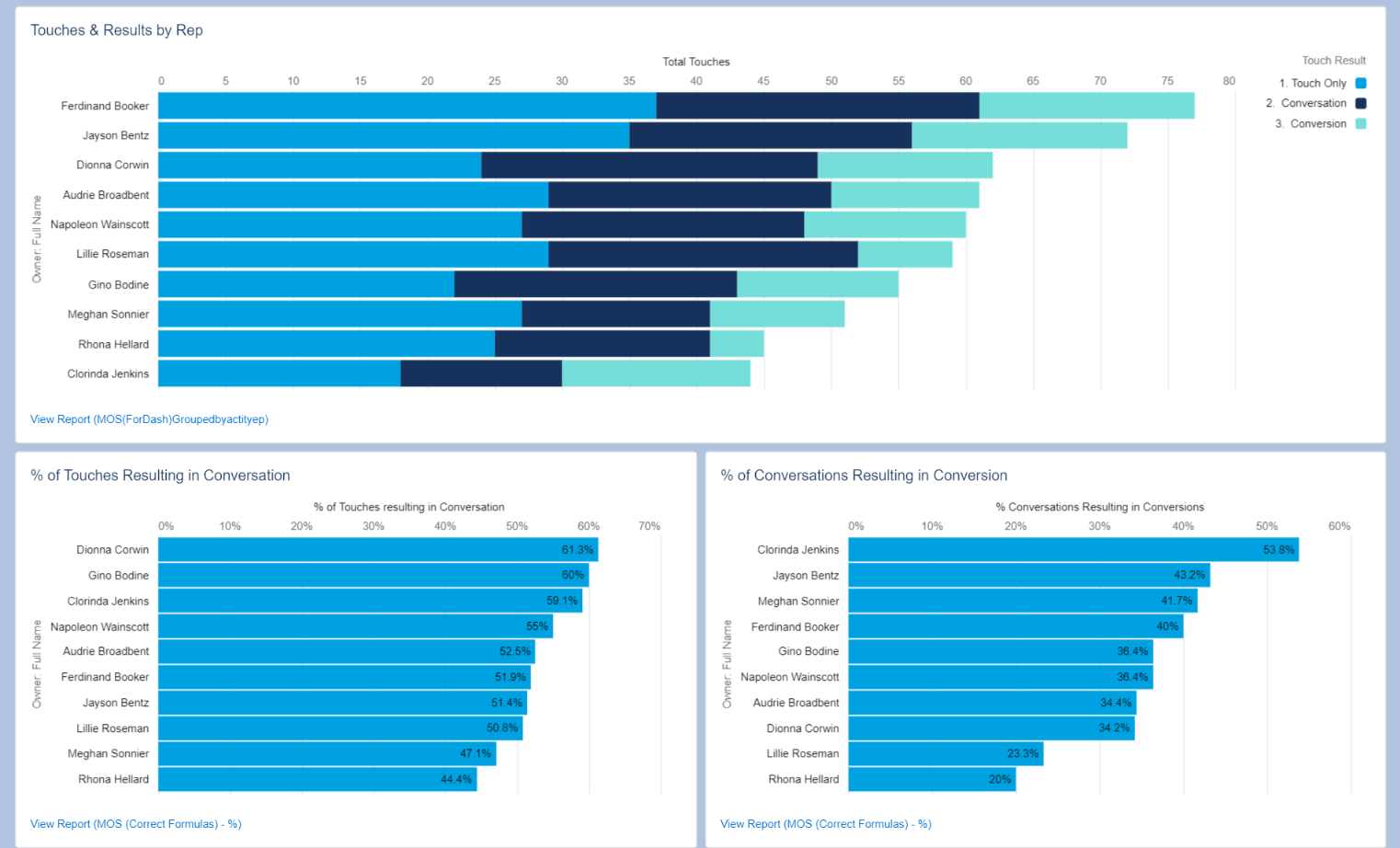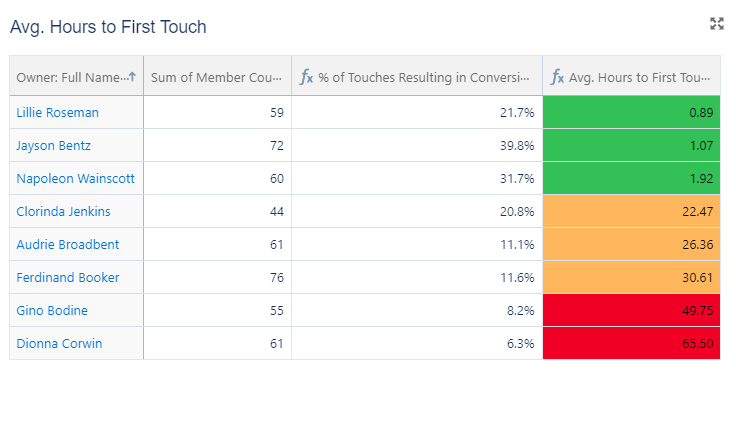Peter Drucker, known for inventing modern business management and writing 39 books on it, is credited with saying, “If you can’t measure it, you can’t improve it.” We agree, but it’s also true that just because you can measure it doesn’t mean you should. Metrics that don’t help you understand your team’s performance so that you can make improvements are simply vanity metrics. In this post, we’ll discuss how to identify vanity metrics and suggest ways to turn them into actionable metrics that matter.
Are You Using Metrics That Matter?
Vanity metrics have a few telltale signs. If you answer “no” or “maybe” to the following, you need to look closer at how actionable the metric in question is.
- Does the metric lead help you to make a decision and take action? The metric should help you determine if what you are doing is working or not so that you can adjust your sales and marketing strategies.
- Can you consistently reproduce the same result? Are you comparing apples to apples? You need to be able to segment and filter out certain variables to make sure you are getting meaningful insights. For example, you may be comparing conversion rates across reps, but they have different size clients. The smaller clients may convert more quickly because they have smaller dollar purchases. In this case, you would want to filter your clients by revenue before comparing reps' performance.
- Is the data the metric is based on accurate? If your data source isn’t consistent and reliable, neither is the metric. It’s important to have a single source of truth across your operations, sales and marketing teams.
Examples Of Vanity vs. Actionable Metrics
| Vanity Metrics | Actionable Metrics (that Matter) |
| # of lead follow-ups by rep | time it takes for sales to follow-up on MQLs |
| # of phone calls made or emails sent | # of touches to get a conversion |
| # of leads generated by content | % of touches (to leads) that generate a conversation |
| # of leads generated per cadence | # of touches to convert, by cadence |
| # of conversions by industry | # of touches to convert, by industry |
| Meetings generated per sales rep | # of touches to set a meeting, per sales rep |
In our examples of vanity vs. actionable sales metrics, there is clearly a theme. Just because a specific type of content, certain cadence, industry or rep has high numbers—whether it’s touches, conversations, conversions or customers—actionable metrics will consider the level of effort required and time spent to achieve those numbers. These are the numbers that truly help to determine which initiatives will bear the most fruit at the highest efficiency.
Improve Rep Effectiveness by Scaling Best Practices
To be able to determine how effective your reps are, track and analyze how much time they are spending on calling leads, how many calls lead to appointments, and how many of those appointments convert into opportunities. As part of this analysis, note how many calls are made to the same lead or contact. Also consider other factors that may affect call effectiveness such as which times of the day your reps reach more decision makers.
While one rep may be making more calls, it doesn’t mean they are more effective than the other reps. Salesvue’s Math of Sales Report can show how many touches are needed to get into conversations and conversions. With this data, you can determine the most effective reps and standardize practices to help turn your B performers into A performers.

Reduce Time-to-First-Touch to Improve Conversion Rates
According to Hubspot research, “more than 40% of salespeople say this [prospecting] is the most challenging part of the sales process.” If marketing efforts bring them leads and reps aren’t following up quickly on MQLs, they risk losing deals and creating misalignment between the sales and marketing teams. Hubspot cites that between 35% and 50% of sales go to the vendor that responds first. The best way to guarantee that sales reps are not letting leads slip through the cracks or letting MQLs get stale is to be sure they are following up quickly.

While you may see that one rep is following up on more leads than another doesn’t mean they are contacting the customer at the right time in their buying journey. Salesvue’s Time to First Touch reporting will tell you how quickly each rep is following up, and even show how that correlates to conversion rates. In the example above, the shorter follow-up times have clearly better conversion rates.
Would you like to find out more about how you can get metrics that matter? Contact us or request a demo today.
Category
Tags
Subscribe to Funnel Vision
Get the latest and greatest right in your inbox




